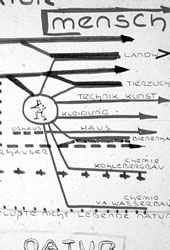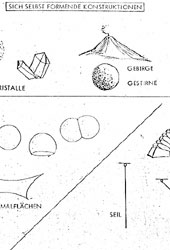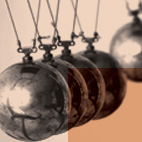|
Lightweight structures are natural
Architecture tries to identify with the times. Everyday life is becoming increasingly dynamic, rational and fast-moving. Everything is undergoing change: from people's clothing, which is becoming shorter, tighter and more open, to the "clothing" of cities, characterised by simple, abstract and minimalist forms and structures. "People shape their houses, and in turn houses shape people." But monolithic and monotonous buildings destroy not only nature itself, but also the unique individuality of humankind. To preserve the essence of humankind and its environment, Frei Otto dreamt of and searched for forms in natural landscapes that were as adaptable and versatile as possible.
The rediscovery of lightness in architecture is a modernist reaction to new aesthetic and economic aspects of life. Lightweight structures meet the challenges of the times in the field of architecture: with little material and effort, multi-purpose buildings can be designed that are highly stable, light and rapidly constructed.
The principle of lightweight construction is "The less mass a structure needs to transfer forces, the better its form is." Many structures in living and non-living nature function according to this "economical" principle. To evaluate the quality of structures, a new physical unit was introduced: the Bic.
Structures with the best possible, i.e. the lowest, Bic values include atoms, hairs, filaments, membranes, plant fibres and bones. Nature possesses many creative given forms that the man-made world lacks. Conversely, humankind is capable of inventing structures that do not have a counterpart in nature. The principle of lightweight construction gives inventors more "freedom, surplus and room for manoeuvre" in the creative process, allowing them to "make use of modern technology to approximate once again the most primeval and simple structures", which has always existed as the uncontradictory ideal of humanity.
 
|
 |
|
